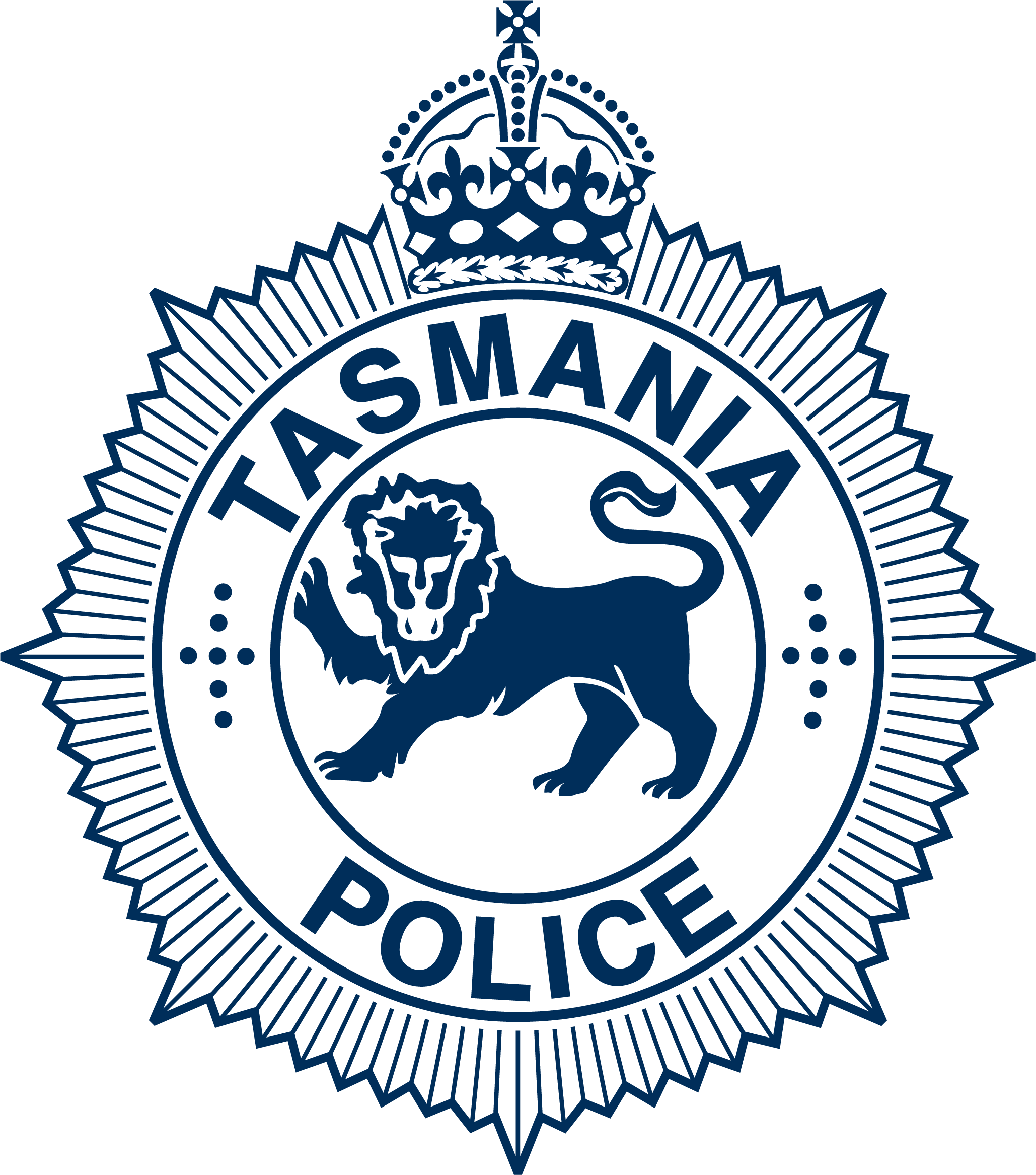Key Points
If you are concerned about an inappropriate relationship between an adult and a child, or suspect a child is being groomed:
- report it to the Tasmanian Strong Families Safe Kids Advice and Referral Lineon 1800 000 123
- call Tasmania Police on 131 444
- visit the Tell Someone website – www.tellsomeone.tas.gov.au – for information about spotting the signs of child sexual abuse.
What is grooming?
‘Grooming’ refers to behaviours of an adult that manipulate and control a child, as well as their family, carers, or other support networks which can escalate to acts of child sexual abuse.
Grooming is often carried out under the pretence of an adult being kind, charming and helpful towards a child. The intentions behind the behaviours involve manoeuvring a child into a position that makes them more isolated, dependent, likely to trust, and more vulnerable to abuse.
Grooming is often difficult to identify and define. This is because the behaviours involved are not always explicitly sexual, directly abusive or criminal in themselves. Grooming behaviours may only be recognised after they have occurred.
Some grooming behaviours are consistent with behaviours or activities in non-abusive relationships and can even include desirable social behaviours, with the only difference being motivation.
Grooming, where an adult communicates or otherwise has contact with a child with the intention of procuring the child to participate in unlawful sexual activity, is a crime in Tasmania under the Criminal Code Act 1924. It is also a crime for an adult to expose a child to indecent material.
Stages of grooming
The stages in the process of grooming a child may include:
- befriending a child, becoming familiar with their interests and being helpful in order to gain their confidence and trust
- creating a special or exclusive relationship with the child by bestowing gifts, privileges, affection and rewards, and sharing secrets – the exclusivity of the relationship isolates the child from their parents or others who would be a source of safety
- paying increased attention to the child, including adopting a pseudo-parental role
- giving and withholding gifts to enable the perpetrator to exert more control over the victim
- gradually increasing intimacy with the child – for example, through non-sexual touching, including play-acting, tickling and wrestling – touching may be a very important element of grooming as it tests the child’s resistance and desensitises the child
- using sexual conversations or materials to familiarise the child with sexual behaviours and invoke feelings of shame or guilt in the child
- isolating the child from their family, peers and other support networks to conceal the abuse and ensure the child’s silence to avoid disclosure and detection
- potentially also introducing further victims to the process of grooming and abuse.
Inappropriate relationships between adults and children and young people – what to look out for
Look out for signs that someone is trying to spend more time with a child or trying to get close to them in an inappropriate way.
Some behaviours that may seem motivated by good intentions should be avoided because it can increase the risk of harm to children and young people.
These include adults:
- inviting children and young people to your home or attending their home without an appropriate reason and without the consent of their parent/carer
- attending parties or regularly socialising with children and young people that aren’t members of your family
- transporting a child or young person in a car without an appropriate reason and prior approval from a parent/carer
- communicating with a child or young person through SMS or social media without an appropriate reason and without their parent/carer’s knowledge.
Concerning or grooming behaviour
It’s not just children and young people who can be groomed.
An abuser might also try to groom their target’s family or support networks by befriending them and building trust to make them believe they have the child’s best interests at heart.
Abusers are often known to the child or young person, or their family.
Abusers will try to mislead people who are close to the child and are likely to deny anything inappropriate has occurred when challenged about their behaviour.
Don’t ignore behaviour that could be grooming or abuse.
Report it.
What to do if you suspect grooming or abuse
If you believe or suspect that a child is at risk, you must report it.
For advice or to refer an abuse matter, contact the Tasmanian Strong Families Safe Kids Advice and Referral Line (the ARL) on 1800 000 123.
Where a crime may have been committed, contact police on 131 144 or Crime Stoppers on 1800 333 000.
For an emergency where there is immediate risk of harm, or a crime is happening now, call 000 (Triple Zero).
Information and advice
The Tell Someone website – www.tellsomeone.tas.gov.au – has more information and advice for children and young people and adults about child sexual abuse and grooming, how to spot the signs of child sexual abuse, and how to report it.



